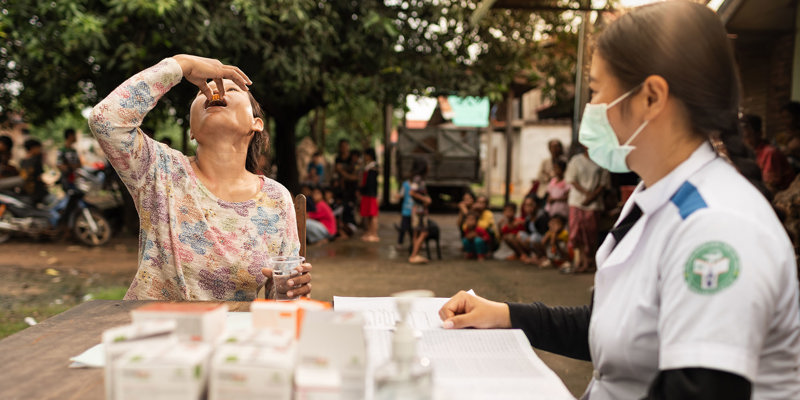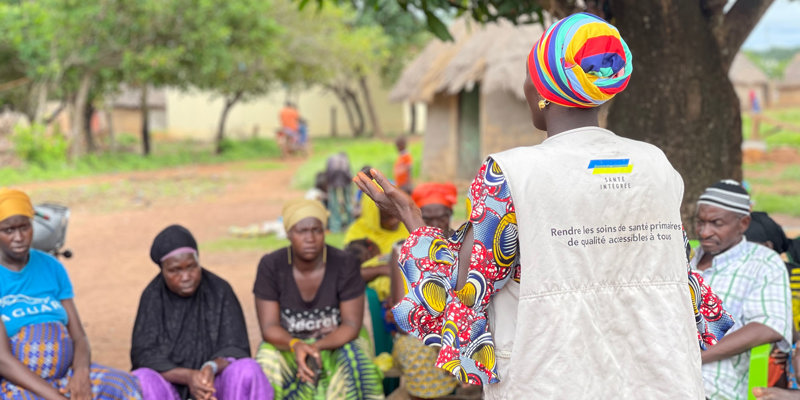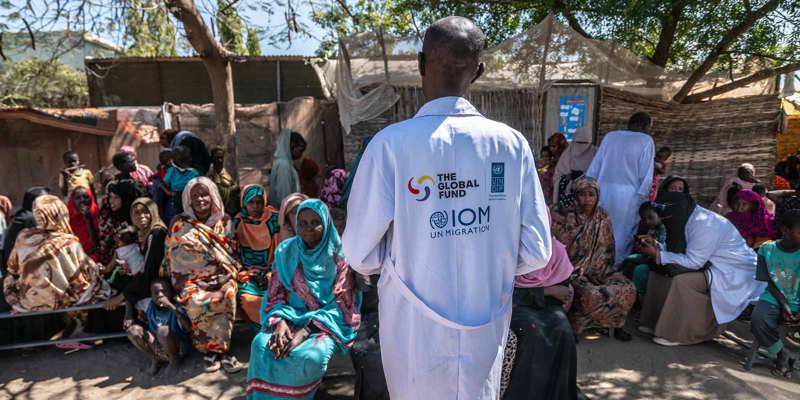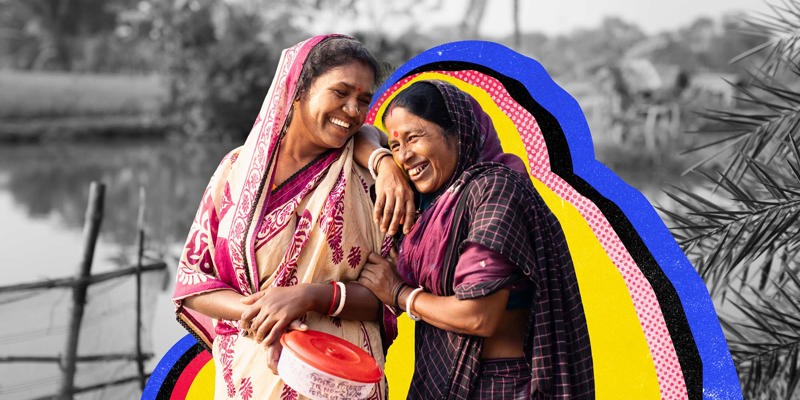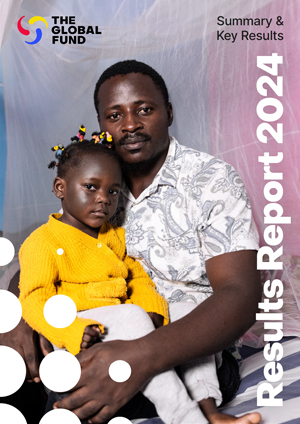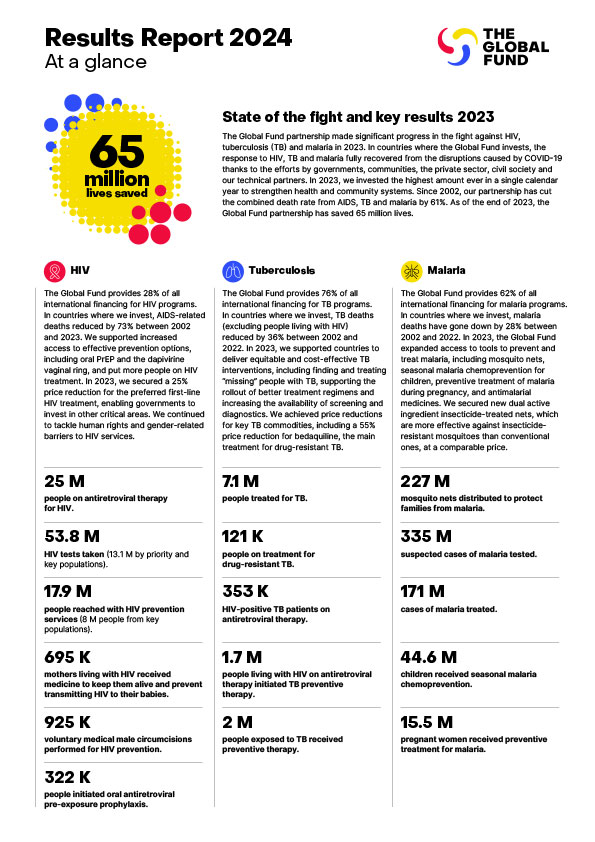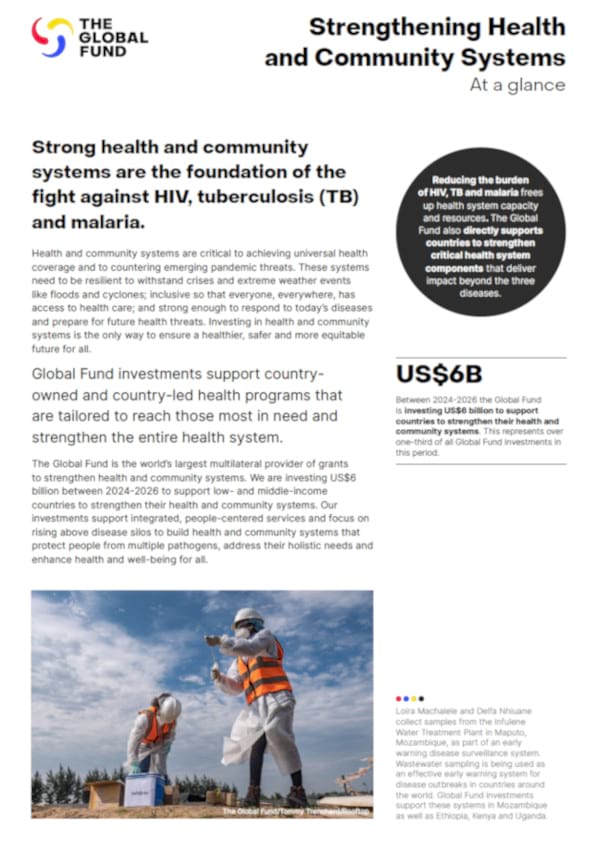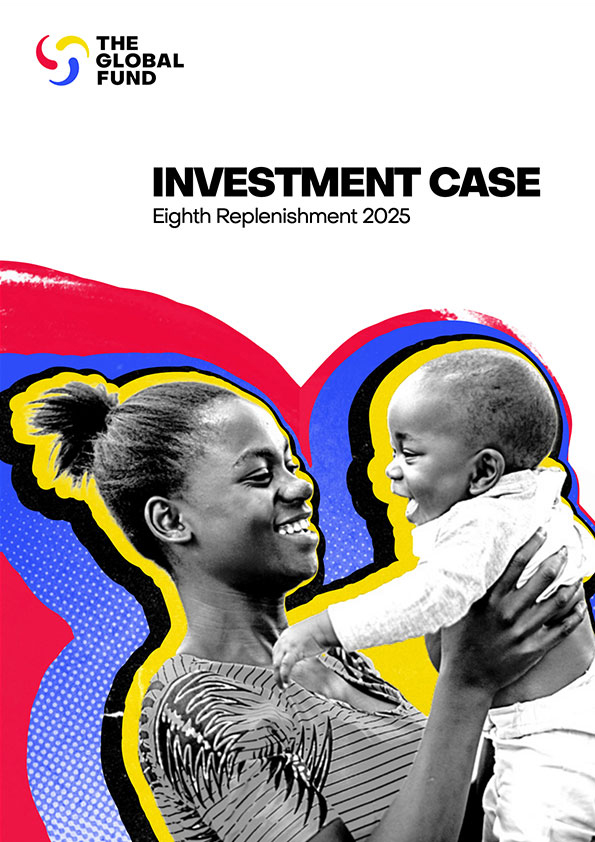Global Fund Results Show Strong Gains
17 July 2014
GENEVA – The Global Fund announced today that 6.6 million people are getting antiretroviral treatment for HIV through programs supported by Global Fund grants, with particularly strong gains in Nigeria, Mozambique, India, and Uganda this year.
In mid-year results for 2014, the Global Fund also reported that programs supported by its grants have distributed a total of more than 410 million mosquito nets to protect children and families against malaria, an increase of 14 percent.
In addition, 11.9 million people have been treated for tuberculosis in programs supported by the Global Fund. In the first half of 2014, the number of people treated for multidrug resistant tuberculosis rose to nearly 140,000 from 110,000.
“These results show that we are accelerating progress against HIV, TB and malaria,” said Mark Dybul, Executive Director of the Global Fund. “We can do even more, and reach more people, when we work together and concentrate our efforts on those who are most vulnerable.”
This year, the Global Fund is in a transition in how to assess impact that better reflects the collective contribution towards goals and targets. In that process, the Global Fund is working with partners and experts to arrive at an improved methodology to measure health impact of HIV, TB and malaria programs.
The 6.6 million people on antiretroviral therapy mark an increase of 8 percent, up from 6.1 million at the end of 2013. The 410 million mosquito nets distributed is an increase from the 360 million at the end of 2013, and the 11.9 million cases of TB treated is a 6 percent increase from 11.2 million at the end of 2013.
During the same period, counselling and testing sessions for HIV increased by more than 50 million, from 306 million to 360 million, approximately 17 percent. Over the past year, the number of orphans and vulnerable children that received basic care and support for HIV in programs supported by the Global Fund increased from 6.5 million to 7.1 million, a 9 percent jump.
With full implementation of a new funding model in 2014, partners in global health are striving to increase overall impact by reaching more people affected by HIV, TB and malaria.
By aligning grants with national strategies and plans for improved health, and by optimizing funding from all sources, partners can move toward ending these epidemics.
The increase in number of people on antiretroviral therapy included particularly strong gains in some countries. In Mozambique, for instance, nearly 100,000 additional people began treatment for HIV during the last six months, an increase of 27 percent nationally.
